The entrepreneurial journey is often filled with excitement, anticipation, and a fair share of challenges. For the founders of Rolodoc, Dr. Albert Amini and Dr. Richard Amini, their appearance on the hit TV show Shark Tank was a pivotal moment that promised to catapult their social media platform for medical professionals to new heights [1].
However, what unfolded after their pitch on the show was not the success story they had envisioned. In this article, we will delve into the post-Shark Tank journey of Rolodoc and explore the factors that contributed to its ultimate fate.
Rolodoc, a social media platform designed to connect physicians and healthcare professionals with patients, entered the Shark Tank seeking a $ 50,000 investment in exchange for a 20% equity stake in the company.
The Amini brothers, both accomplished doctors themselves, recognized the need for improved communication and streamlined interaction in the medical field. Their vision was to create a secure platform that would allow patients to easily schedule appointments, ask medical questions, and connect with doctors in their local area.
Join us as we delve into the fascinating post-Shark Tank journey of Rolodoc and uncover the valuable insights it offers to aspiring entrepreneurs in the healthcare industry.
What Is Rolodoc?
The platform was created with the aim of establishing a user-friendly, secure, and efficient communication ecosystem within the healthcare community, effectively addressing the long-standing issue of fragmented channels of communication and the resulting obstacles in delivering high-quality healthcare services.
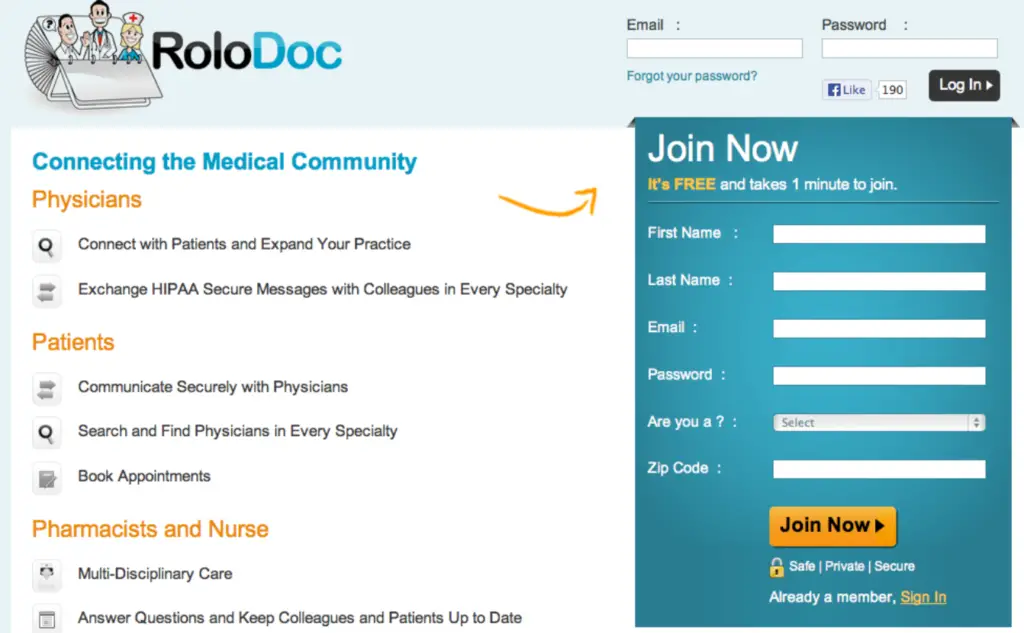
At its essence, RoloDoc operates as a comprehensive digital interface that enables diverse stakeholders, including medical professionals, patients, and members of the supplementary medical community, to engage with one another, exchange vital information, and discuss crucial aspects of care.
RoloDoc employs advanced technology to uphold rigorous standards of data protection, ensuring the privacy of users and the confidentiality of their medical records.
The brilliance of RoloDoc lies in its capacity to bridge gaps in communication and the dissemination of knowledge within the healthcare sector, thereby fostering a more knowledgeable and cohesive approach to the delivery of care.
By harnessing the unparalleled potential of digital connectivity, RoloDoc endeavors to revolutionize the relationship between patients and providers, empowering both parties to communicate effectively and contribute towards achieving exceptional healthcare outcomes.
With its commitment to modern technology, RoloDoc is on the verge of transforming the medical landscape by ushering in a new era of heightened sharing of knowledge, collaboration, and patient-focused care.
Advantages of RoloDoc:
- Designed to establish connections between doctors and patients in close proximity;
- Eliminates the necessity for pagers;
- Aims to optimize communication channels between patients and physicians;
Disadvantages of RoloDoc:
- Insufficient prototype testing conducted;
- Lack of clarity regarding the monetization and execution of the plan;
- Absence of guaranteed security and confidentiality for medical records;
- Inability to verify the licensing status of doctors using the app;
- The FAQ page on the website contained no information and solely featured a signup form for the Doctor’s app, lacking incentives;
- Minimal promotion efforts undertaken prior to their appearance on the show;
- Absence of statistical data to validate the app’s success;
- Insufficient evidence demonstrating the usability of the app and the benefits it offers to users [3];
Target Audience of RoloDoc
RoloDoc was intended for use by physicians, surgeons, specialists, veterinarians, nurses, and patients actively seeking medical professionals. Its primary objective was to streamline the process of locating suitable physicians and facilitating the efficient arrangement of physical or virtual appointments.
About the Founders Of Rolodoc
Both founders graduated from the University of Arizona College of Medicine in Tucson. Dr. Richard Amini serves as an assistant professor at the University of Arizona Department of Emergency Medicine and holds the position of Ultrasonography Director at the medical center.
Dr. Albert Amini is a surgeon specializing in critical care. He currently serves as a clinical teacher and a fellow in hepatobiliary surgery at Froedtert Hospital of the Medical College of Wisconsin.
RoloDoc was in its nascent stage of development prior to its appearance on Shark Tank. Dr. Albert Amini and Dr. Richard Amini, as the founders, conceived the concept of establishing a social media platform specifically designed for doctors and healthcare professionals to connect with patients.
Their vision involved enhancing communication channels between patients and doctors, simplifying the process of finding physicians, scheduling appointments, and accessing medical guidance and advice.
Drawing from their firsthand experience as physicians, the Amini brothers identified a crucial need for such a platform within the medical industry. However, at the time of their Shark Tank pitch, RoloDoc had not yet transformed into a fully operational product, and a concrete business plan was still under development.
The platform remained in the conceptual stage, and the founders sought investment to propel the development and launch of their venture.
During their appearance on Shark Tank, the Amini brothers encountered critical feedback from the investors. Questions were raised regarding their comprehension of the social media landscape, the viability of their business plan, and the absence of a functional product.
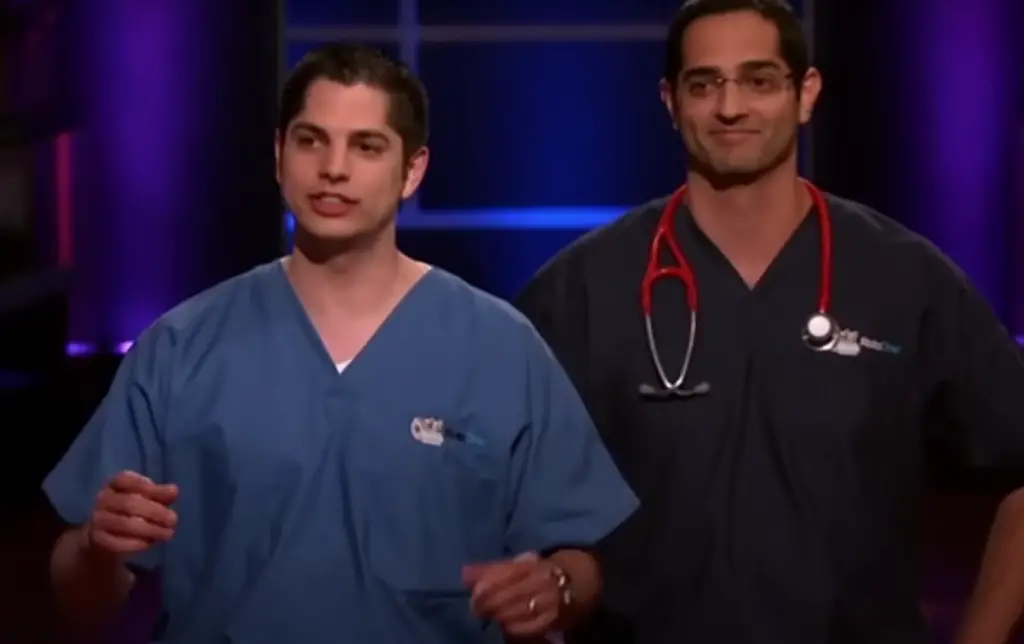
Despite their unwavering ambition and visionary approach, the Amini brothers were unable to secure any investment from the sharks. This outcome had a significant impact on the future trajectory and success of RoloDoc [5].
The Pitch Of Rolodoc At Shark Tank
Dr. Albert Amini and Dr. Richard Amini, a dynamic duo of physicians, are the founders of RoloDoc, their innovative company. Appearing on the renowned show Shark Tank, they sought a $ 50,000 investment in exchange for a 20% stake in their venture.
Having amassed extensive experience in the field, the Amini brothers recognized that the healthcare industry lagged behind in terms of communication, especially when compared to the advanced technology prevalent in the 21st century.
While medical professionals were still reliant on pagers for communication, RoloDoc aimed to revolutionize the way physicians, patients, and other healthcare practitioners interacted by providing a secure email system. This platform facilitated mobile instant messaging-like communication between healthcare providers and patients.
To demonstrate its functionality, they showcased a sample profile of “Kevin O’Leary” (yes, the well-known host of Shark Tank) with a simulated heart condition called acardia, a congenital absence of the heart. The profile allowed healthcare professionals and insurers to gain insights into Kevin’s medical issues.
RoloDoc also offers a matching feature, enabling users to browse the profiles of various healthcare professionals, including surgeons, general practitioners, and pediatricians. Through a messaging system reminiscent of popular social media platforms but resembling LinkedIn in appearance, users could communicate conveniently. Healthcare professionals received messages and could respond at their convenience.
During the pitch, Lori questioned whether RoloDoc primarily served as an email system for doctors, expressing concern about the potential inundation of personal messages and emails for healthcare providers. Albert clarified that their intention was to incorporate social media into the healthcare realm.
Kevin inquired about the social aspect of the application, to which Albert responded by highlighting that RoloDoc allowed Kevin, as an example, to easily find a physician or healthcare professional in case he relocated. He emphasized that relying solely on search engines might lead to inaccurate information.
Mark questioned the progress of RoloDoc, but Albert explained that they were still in the testing phase with only 50 users currently trying the platform [6].
Kevin illustrated a scenario where he, in Boston, would message his doctor about some discomfort and subsequently visit a specialist upon returning home. He noted that most hospitals in the United States already possessed technology to share patient information.
Kevin sought clarification on what RoloDoc added to this existing equation, to which Albert reiterated the incorporation of social media. Mark displayed visible frustration, asserting that Albert kept emphasizing “social media” when the concept primarily revolved around one-to-one communication.
When Kevin pressed for an explanation regarding financial profit, Mark quickly dismissed the possibility of making money. Mark expressed his agreement with Albert’s notion that firms would want to advertise, but he expressed concerns about the safety of potentially existing social networks.
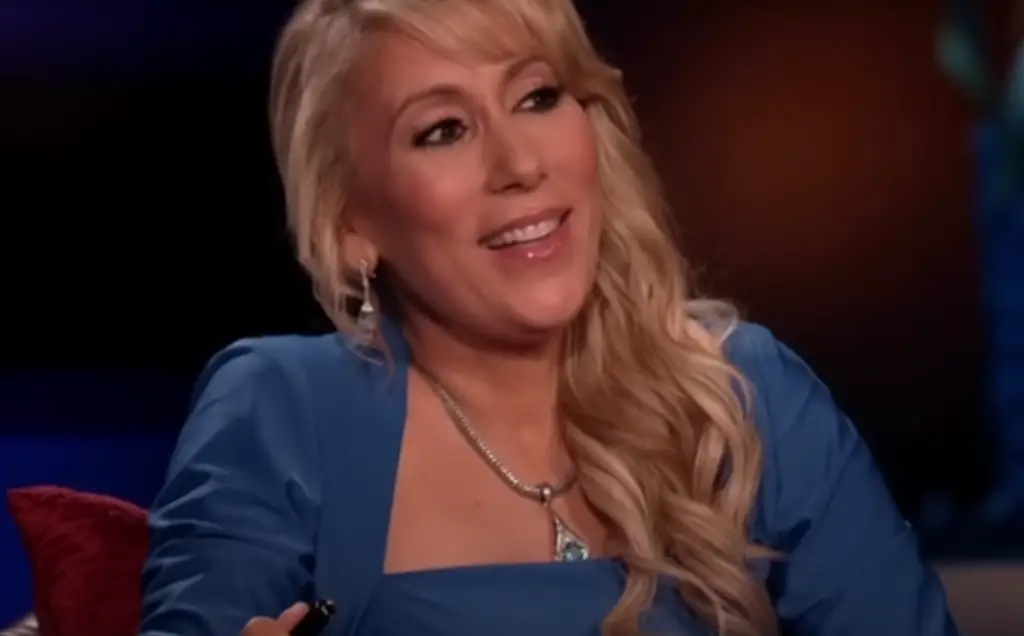
Mark questioned how RoloDoc would convince physicians to provide information about their individual practices on the platform. Albert struggled to provide a direct answer, mentioning connections, access to databases, and preparations for a beta launch in specific states like Arizona, Texas, and California.
Highlighting potential risks, Lori remarked that RoloDoc could become a liability nightmare due to the inherent communication risks. She became the first Shark to decline the offer.
Albert reiterated his goal of integrating social media into medicine, prompting another reaction from Mark. Robert stepped in, stating that doctors were already present on social media, making RoloDoc unnecessary.
Mark approached the brothers and expressed his disappointment, criticizing their intelligence and labeling their presentation as the worst ever. He highlighted the lack of answers regarding security, a sentiment I wholeheartedly agree with, as the privacy of medical history is of utmost importance. Barbara also sided with Mark, finding the business plan of RoloDoc unclear, and chose not to invest.
Robert failed to see a viable monetization strategy and exited the deal. Kevin appreciated the idea but found it disheartening. Ultimately, he couldn’t identify a profitable approach and withdrew as well.
With none of the Sharks willing to invest, Dr. Albert Amini and Dr. Richard Amini left Shark Tank without securing an investment for RoloDoc [7].
Rolodoc After The Shark Tank
RoloDoc was a pioneering social media platform for medical professionals conceived and developed by Dr. Albert Amini and Dr. Richard Amini. Their primary objective was to establish a robust network where physicians, healthcare providers, and patients could effortlessly communicate with each other, ensuring both convenience and adherence to stringent HIPAA compliance regulations.
The Amini brothers presented their concept of a distinct social media platform tailored specifically for doctors and healthcare professionals to engage with patients.
While the idea held promise, the pitch encountered several hurdles that impeded its ability to secure investment:
- Unclear business plan: The founders struggled to articulate a clear and well-defined business plan to the sharks, leaving them uncertain about how RoloDoc would generate revenue and establish itself as a sustainable enterprise;
- Limited grasp of the social media landscape: The sharks raised valid concerns regarding the founders’ understanding of the fiercely competitive social media market. Questions were posed about RoloDoc’s ability to differentiate itself from existing platforms and attract a significant user base;
- Non-functional product: RoloDoc lacked a functioning product at the time of the pitch, casting doubts on the feasibility of the venture and the founders’ capacity to execute their vision effectively [8];
Consequently, the pitch failed to convince the sharks, resulting in the Amini brothers departing from the show without securing investment for RoloDoc. The feedback received emphasized the importance of a meticulously prepared pitch encompassing a robust business plan and a tangible product to entice potential investors.
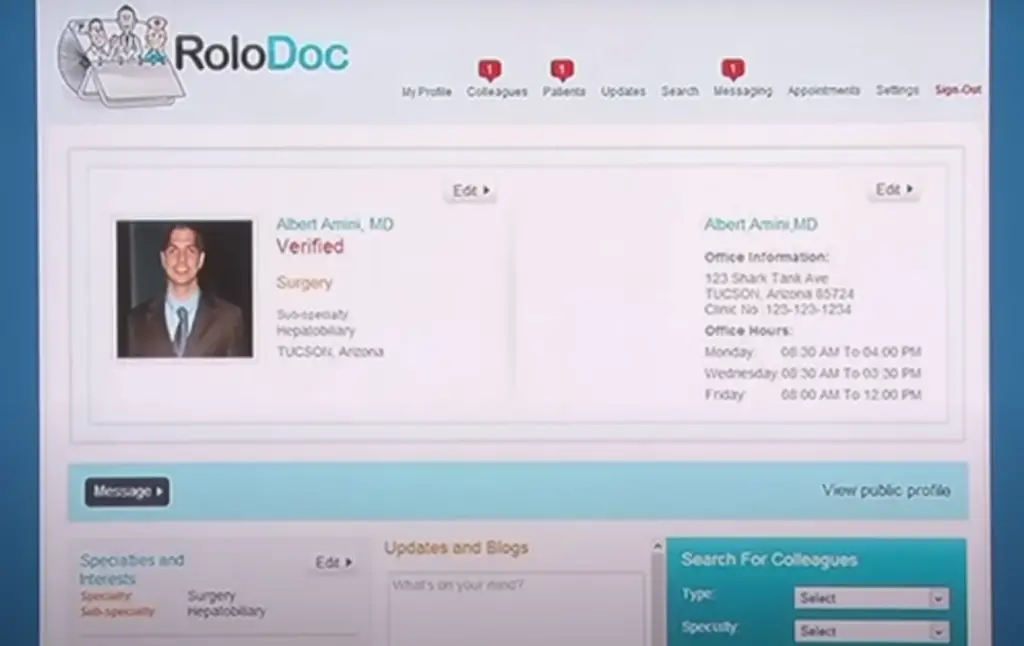
Regrettably, RoloDoc is no longer in business, marking the conclusion of its presence in the industry.
The Net Worth Of Rolodoc
The primary objective of the Rolodoc application was to enhance communication within the healthcare industry. It aimed to serve as a dedicated social media network connecting doctors with their patients.
Unfortunately, during their appearance on Shark Tank, Albert, and Richard Amini faced significant challenges in effectively presenting their business, leading to their inability to secure a deal. Consequently, the doctors were unable to secure the necessary investment to propel their venture forward.
Alternatives To Rolodoc:
- Doximity is a popular professional network specifically designed for healthcare professionals. It provides a secure platform for doctors, nurses, and other medical practitioners to connect, collaborate, and exchange information. With features like HIPAA-compliant messaging, telemedicine capabilities, and a vast network of medical professionals, Doximity offers a robust solution for streamlined communication in the healthcare industry;
- CareMessage focuses on improving patient engagement and communication. It offers a patient-centered platform that enables healthcare providers to send automated reminders, educational resources, and secure messages to patients. The platform supports multilingual communication and is accessible via mobile devices, making it convenient for patients to stay connected with their healthcare providers;
- Klara is a cloud-based messaging platform designed to enhance communication between healthcare teams and patients. It allows secure messaging, appointment scheduling, and document sharing. Klara also integrates with electronic health record (EHR) systems, ensuring seamless access to patient information and facilitating efficient care coordination;
- Medici is a telehealth platform that enables virtual consultations between patients and healthcare providers. It offers secure messaging, video calls, and e-prescription capabilities. Medici also allows patients to upload images and documents for review by their healthcare providers, enhancing the efficiency of remote consultations;
- Updox is a comprehensive communication and patient engagement platform. It offers features such as secure messaging, appointment reminders, and online forms. Updox also integrates with EHR systems, facilitating seamless communication and information exchange between healthcare providers;
- Spruce is a communication platform specifically built for healthcare teams. It provides secure messaging, video visits, and task management capabilities. With robust security measures and integration with EHR systems, Spruce ensures efficient and secure communication within healthcare organizations;
FAQ:
- What episode is Rolodoc on Shark Tank?
RoloDoc appeared on Shark Tank in episode 505, which served as the season 5 premiere [10].
- What did RoloDoc app do?
The RoloDoc app aimed to improve communication between patients and medical professionals. It allowed patients to schedule appointments, ask questions, and send direct messages to doctors.
- How was the business model of RoloDoc?
The business model of RoloDoc involved selling the app to hospitals, who would then provide it to their physicians and staff. The app aimed to streamline communication and enhance the patient-doctor relationship.
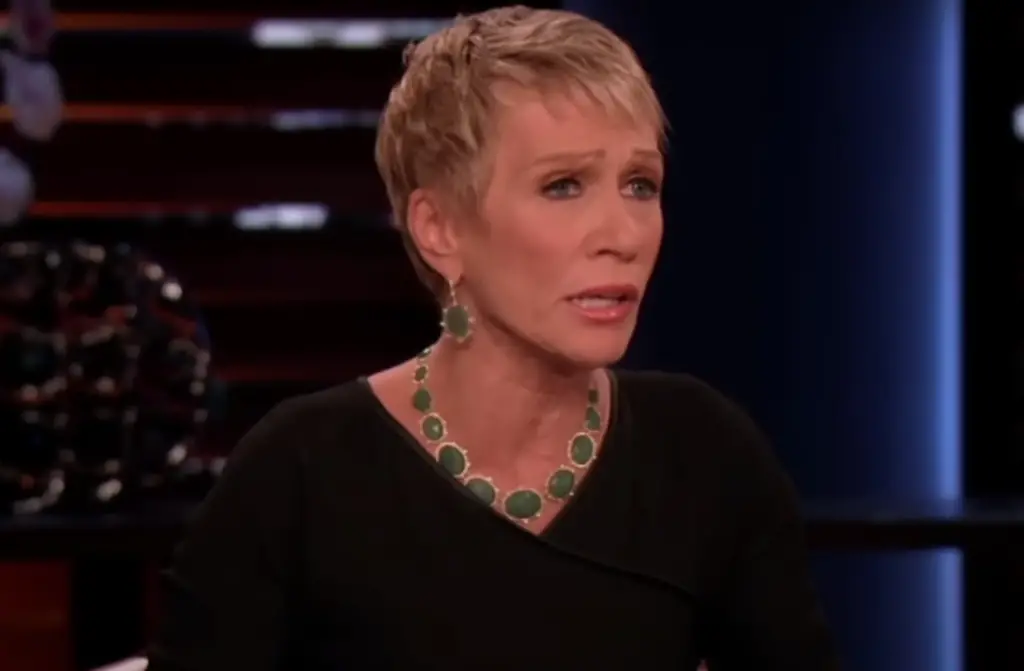
- Did RoloDoc use Facebook for advertising?
There is no information indicating that RoloDoc used Facebook for advertising. It’s possible that they employed other marketing strategies to promote their app.
- How did RoloDoc make money?
RoloDoc generated revenue by selling its app to hospitals. They likely charged a fee for licensing the software or providing access to the platform [11].
- Was RoloDoc downloaded on the Google Play Store?
There is no information suggesting that RoloDoc was available for download on the Google Play Store. It’s possible that it was exclusively available on the Apple App Store or through other distribution channels.
- What is the background of RoloDoc?
RoloDoc was founded by Dr. Albert Amini and Dr. Richard Amini, who were urologists with over 20 years of experience in their own clinic. They aimed to leverage their medical expertise to create a social media platform that connects medical professionals and patients [12].
- What were the risks for RoloDoc?
Some potential risks for RoloDoc included competition from other healthcare platforms and social media networks. Additionally, concerns regarding data security, patient privacy, and user adoption could have posed challenges for the company.
- Was RoloDoc work?
It can be assumed that RoloDoc was a functional app that allowed users to communicate and schedule appointments. However, without specific information about its performance or user reviews, it’s difficult to assess its effectiveness [13].
- Was the RoloDoc App free for download?
Based on available information, it appears that the RoloDoc app was not free to download. Users likely had to pay a fee to access and utilize the app’s features.
- What was the operating system of RoloDoc?
The operating system of RoloDoc was not explicitly mentioned. However, it is worth noting that RoloDoc might have been developed for multiple platforms, including iOS (for Apple devices) and Android, to reach a broader user base [14].
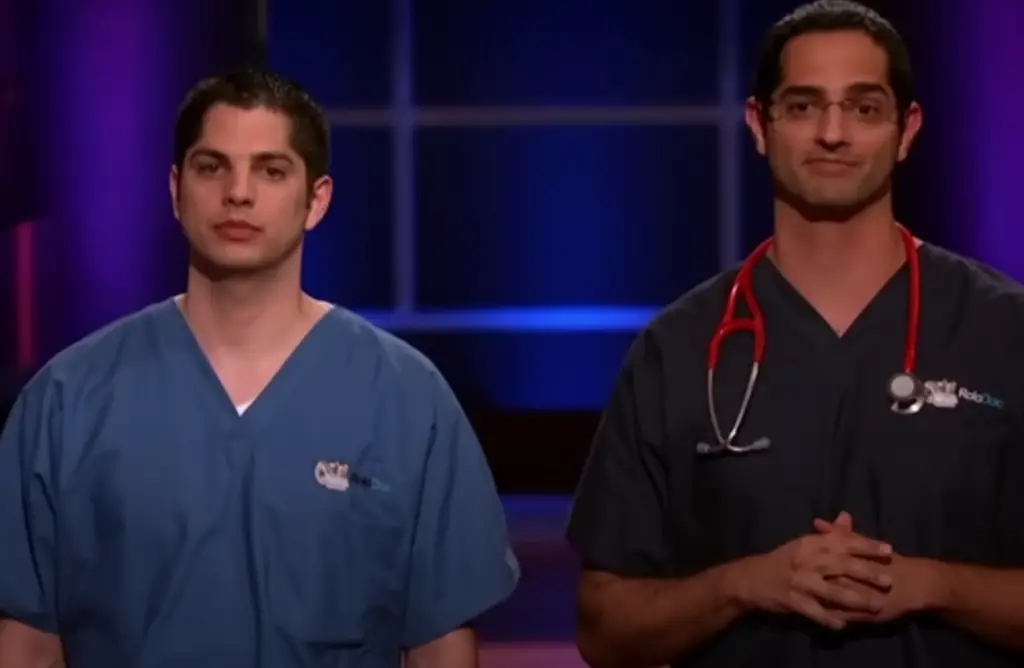
- How did RoloDoc work without Wi-Fi?
Without specific information, it’s challenging to provide details about how RoloDoc operated without Wi-Fi. However, it’s possible that the app utilized cellular data or allowed offline functionality for certain features, ensuring that users could access essential functions even without a Wi-Fi connection.
- Where was RoloDoc App download?
The RoloDoc app could be downloaded from the Apple App Store [15]. It is unclear if the app was available for download from any other platforms or app stores.
Useful Video: Mark Bullies Rolodoc Owners With Their Poor Presentation
References:
- https://allsharktankproducts.com/apps/rolodoc-social-media-app/
- https://seoaves.com/rolodoc-shark-tank-update/
- https://biznewske.com/what-happened-to-rolodoc-after-shark-tank-pitch/
- https://gazettereview.com/2016/08/rolodoc-update-now-from-shark-tank/
- https://sharktankbiz.com/what-happened-to-rolodoc-after-shark-tank/
- https://techiegamers.com/rolodoc-net-worth/
- https://www.sharktanksugar.com/rolodoc/
- https://www.sharktanksuccess.com/rolo-doc/
- https://bizzbucket.co/rolodoc-shark-tank-update/?expand_article=1
- https://seriosity.com/rolodoc-shark-tank/
- https://geeksaroundglobe.com/rolodoc-net-worth-update/
- https://2paragraphs.com/2018/09/rolodoc-what-happened-to-medical-directory-doctors-after-shark-tank/
- https://sharktanktales.com/rolodoc-shark-tank-update/
- https://medcitynews.com/2013/09/rolodoc-co-founder-shares-insights-shark-tank-appearance/
- http://www.sharktanksearch.com/rolodoc-communication-system-for-medical-professionals

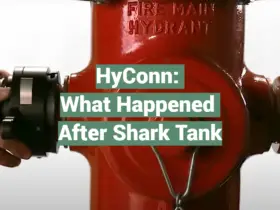
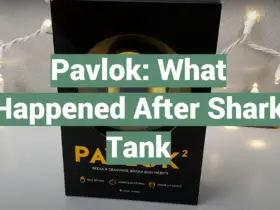
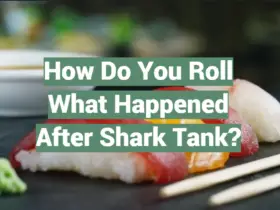
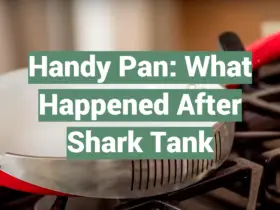
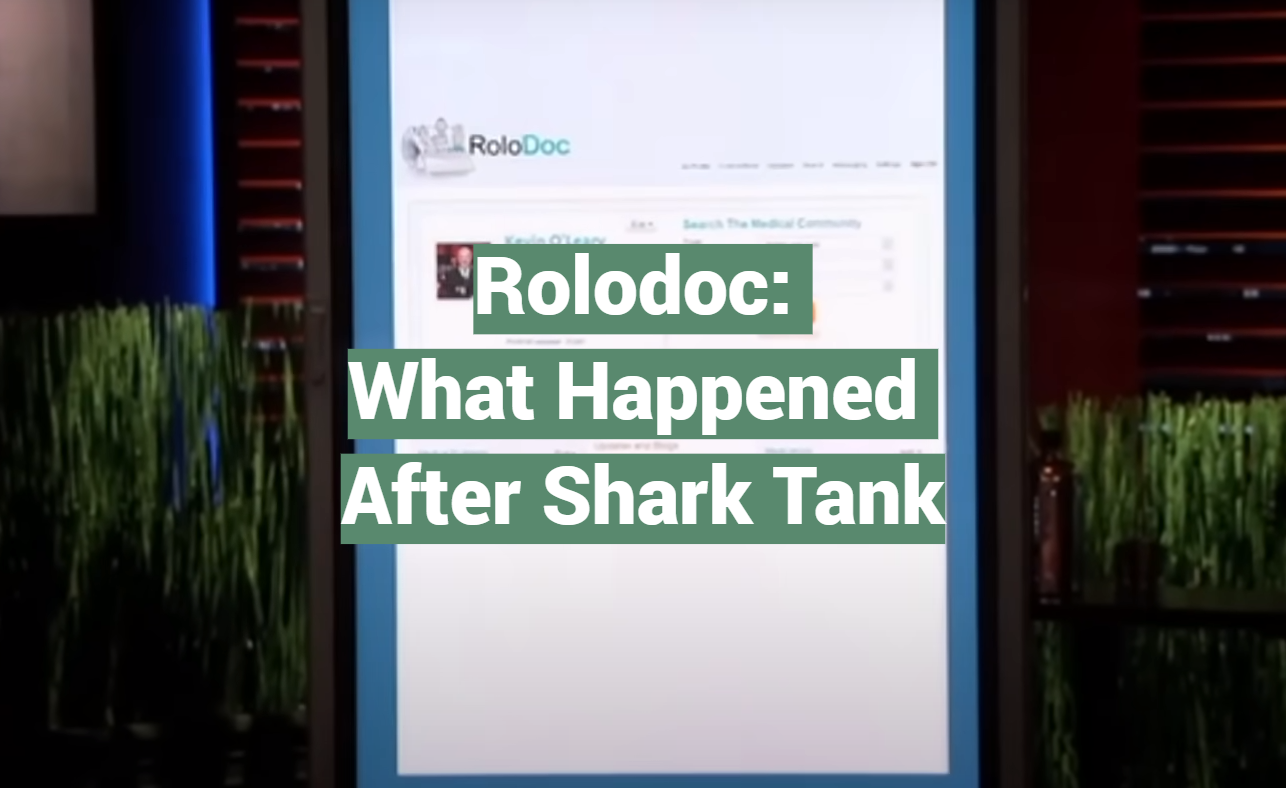


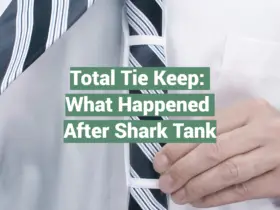


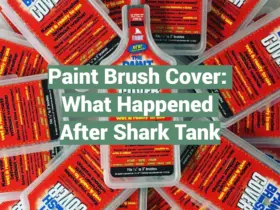
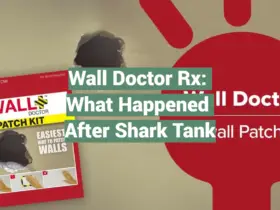
Leave a Reply